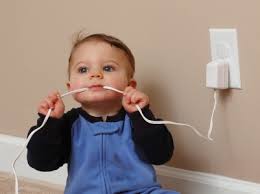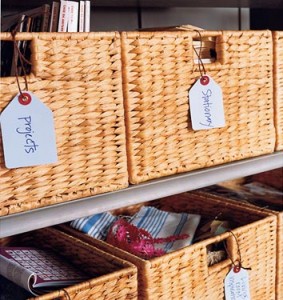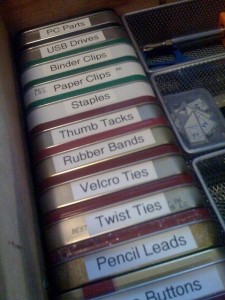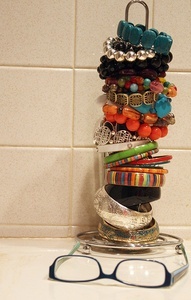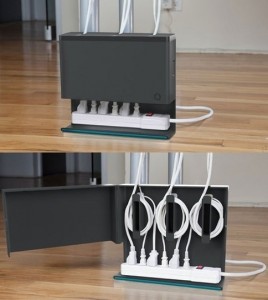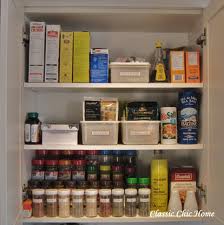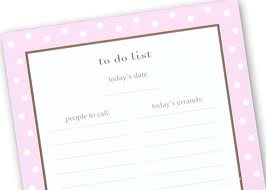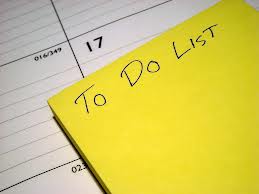We love getting new organizing inspiration from Pinterest. There are so many excellent pins from organizing experts around the world and it’s an easy way to source new storage and organizing solutions for unusual spaces. I learned how to keep my closet organized and my favorite part were my handbags and the fake Louis Vuitton wallet collection I have. Here are some of our latest favorite ideas:
Behind the Door Cleaning Product Storage: Get your cleaning products out of valuable cabinet space and onto the back of the laundry door for easy access and organization.
Side of Fridge Pantry Storage: Utilize the rarely used space next to the fridge to create a pull-out pantry. This is perfect for cans, spices, and other thin items.
Organized Pots & Pans Storage: Who wouldn’t want this model of organization for their pots and pans. With a place for every item it’s easy to put things back where they belong.
Ceiling Mounted Garage Storage: Maximize your storage space, by mounting storage bins on the ceiling of your garage. These bins are perfect for holiday decorations and other infrequently used items.
Silverware Trays for thee Small Freestanding Vanities Bathroom Drawer Storage Organization: This is a fantastic idea for keeping toothbrushes, toothpaste and floss organized in a family bathroom.







